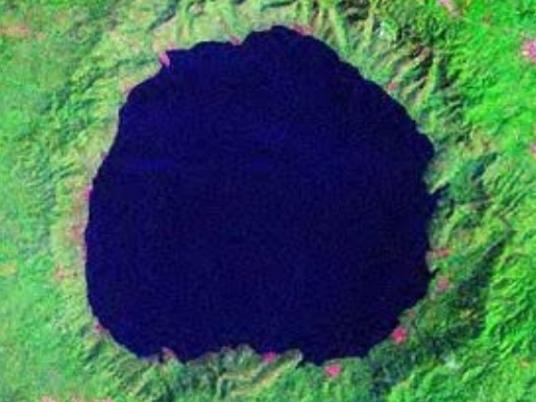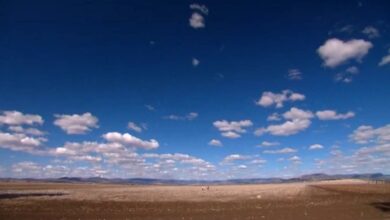
The Environment Ministry last week designated a meteorite crater with “unique phenomena” as Egypt’s newest national park.
Kamil Crater’s designation as Protected Area No. 30 is a move to safeguard a site that could reveal how small meteorites hit the planet.
The site “gives important information about craters, as you can find thousands of small ones around the main crater opening,” said Mohamed Ibrahim, the ministry’s general adviser for protected areas.
Located in Gilf al-Kebir in the southwest corner of Egypt, Kamil Crater was described in 2010 by a team of Egyptian and Italian scientists as “pristine.” Such perfection in the crater world is not typically found on Earth, but rather on rocky or icy planets and bodies in the solar system, like Mercury or Europa, a moon of Jupiter.
What also sets the impact area apart, said Ibrahim, is that the meteorite crashed into the Western Desert without “significant atmospheric fragmentation,” leaving the crater nearly intact.
According to a 2010 scientific paper published by the scientist team, the meteorite that collided at Kamil may have been made of iron, explaining why it didn’t disintegrate much during its crossing of the Earth’s atmosphere around 5,000 years ago.
The team also estimated that the meteorite weighed between 5 and 10 tons, and may have hit the Earth at a speed of 12,500 kilometers per hour. This created a hole about five stories deep, half the size of the grass island in Tahrir Square.
The site’s purpose will remain mostly scientific, Ibrahim said.
The ministry is currently developing a training course aimed at teaching park wardens how to manage the protected area.




